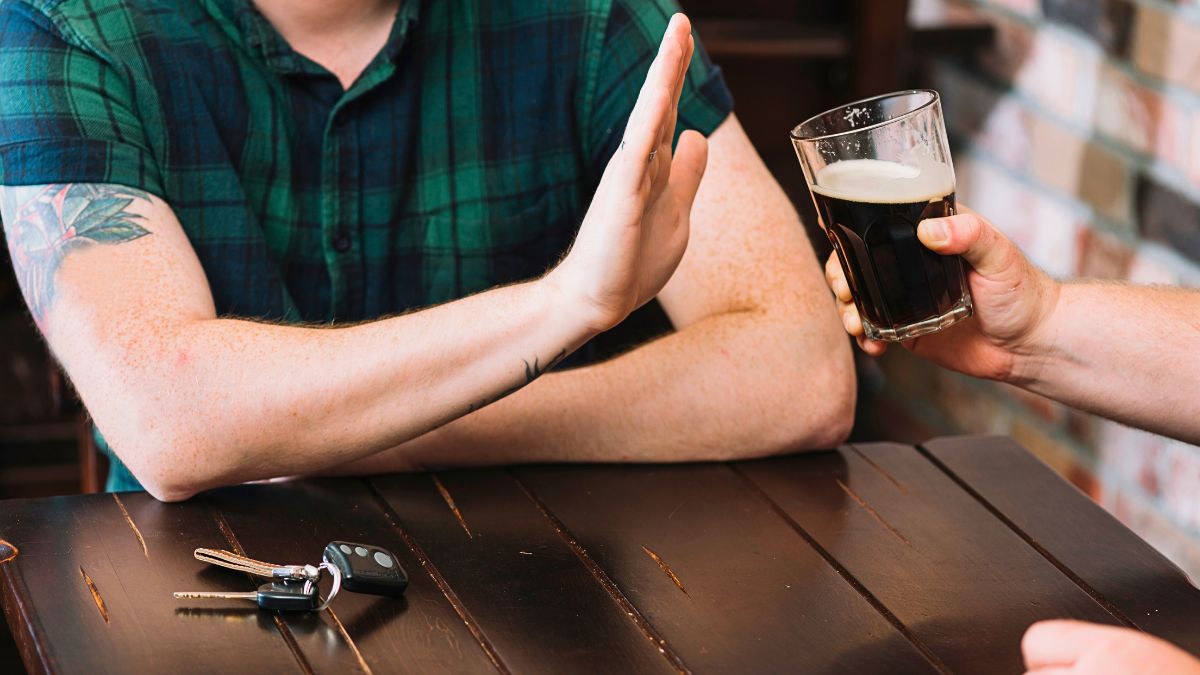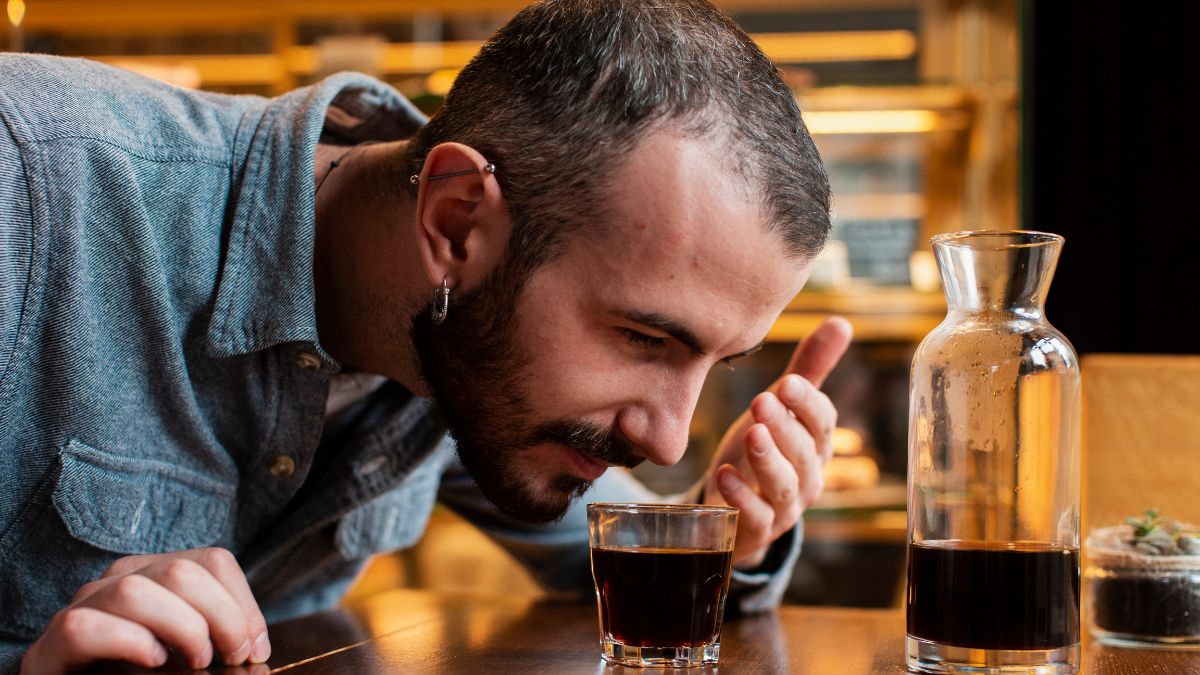If you’ve heard the term “MAT” and thought it was just another medical acronym, think again. Medication-Assisted Treatment, or MAT, is one of the most effective tools we have today for treating addiction—especially opioid and alcohol dependence. But how does it work, and why do some people still hesitate to use it? Let’s break it down in simple terms.
Basics
At its core, MAT combines FDA-approved medications with counseling and behavioral therapy to treat substance use disorders. Unlike going cold turkey or relying on therapy alone, MAT tackles both the physical cravings and the mental grip of addiction.
Think of it like a crutch when you’ve got a broken leg—you still need rehab, but that support helps you walk without collapsing.
Medications
So, what are these medications? Different substances require different drugs, but here are the most common ones used in MAT:
| Medication | Used For | How It Works |
|---|---|---|
| Methadone | Opioid addiction | Full opioid agonist; reduces cravings |
| Buprenorphine | Opioid addiction | Partial agonist; blocks withdrawal symptoms |
| Naltrexone | Opioids & alcohol | Blocks the high and stops the urge |
| Disulfiram | Alcohol addiction | Triggers unpleasant reaction when drinking |
| Acamprosate | Alcohol addiction | Helps brain rebalance and reduces cravings |
These aren’t meant to get someone high—they’re medically regulated to stabilize the brain and body during recovery.
Myths
Let’s bust some common myths right away:
- “It’s just replacing one drug with another.”
Nope. These meds don’t create euphoria. They normalize brain chemistry and reduce the risk of relapse. - “MAT is only for severe addicts.”
Not true. MAT can benefit anyone struggling with dependence—mild to severe. - “You’re not really clean if you’re on meds.”
That’s stigma talking, not science. Recovery isn’t a one-size-fits-all path.
Process
How does MAT actually work in real life? It typically follows a few structured steps:
- Assessment – Doctors evaluate your substance use history and mental health.
- Medication Start – Based on your needs, a specific medication is prescribed.
- Counseling – Therapy sessions begin to address behavior, trauma, and triggers.
- Monitoring – Regular check-ins to adjust doses and provide support.
It’s not a quick fix—it’s a medically supervised journey toward long-term recovery.
Benefits
There’s a reason major health organizations back MAT—it works. Here’s why:
- Reduces cravings and withdrawal symptoms, making recovery manageable
- Lowers relapse risk significantly
- Improves treatment retention, meaning people stay in recovery longer
- Reduces overdose deaths in opioid users
- Supports mental health by reducing stress and anxiety
According to studies, MAT can cut the risk of fatal opioid overdose by more than 50%. That’s not just helpful—it’s life-saving.
Who It’s For
MAT isn’t for everyone, and that’s okay. It’s most effective for:
- People addicted to opioids (like heroin or prescription painkillers)
- Those with alcohol use disorder
- Individuals who’ve tried to quit before but relapsed
- Patients with co-occurring mental health issues
It’s important that a medical professional helps decide if MAT is the right option, based on personal history and health.
Medication-Assisted Treatment isn’t about giving up control—it’s about regaining it. For many, it turns addiction from a hopeless cycle into a manageable condition with real solutions. No shame, no judgment—just science-backed support.
FAQs
What does MAT stand for?
Medication-Assisted Treatment for addiction recovery.
Does MAT cure addiction?
No, but it helps manage it effectively long-term.
Is MAT safe for long-term use?
Yes, under medical supervision, it’s safe and effective.
Can MAT be combined with therapy?
Yes, it works best with behavioral therapy and counseling.
Who should avoid MAT?
People allergic to meds or with specific health issues.










